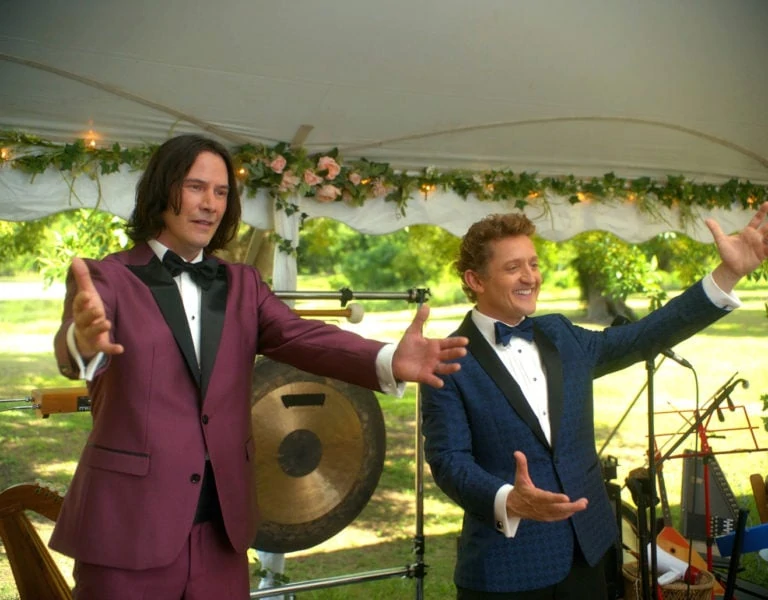COMIC HERO
Shelley Johnson ASC / Captain America
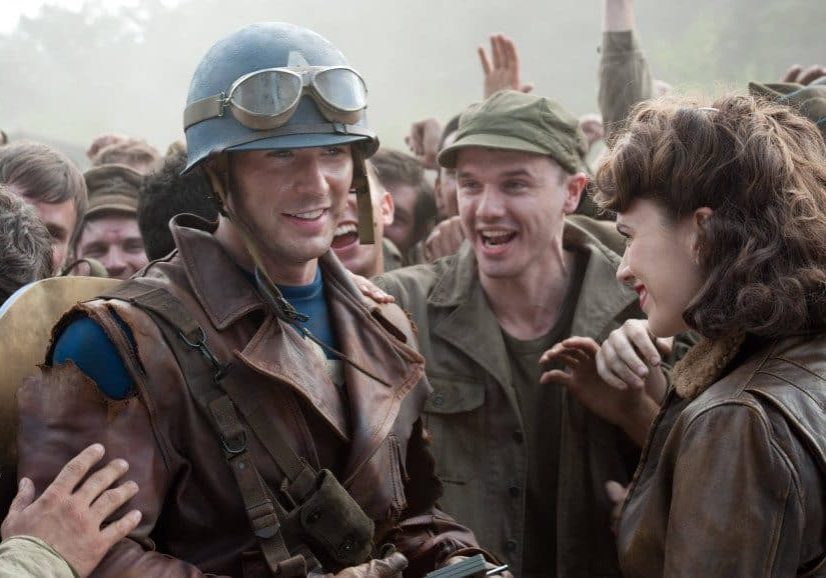
COMIC HERO
Shelley Johnson ASC / Captain America
BY: Bob Fisher
Captain America: The First Avenger is based on the adventures of a fictional superhero who came on the scene in Marvel Comic Books in 1941. More than 210 million comic books with stories about Captain America and his battles with Nazis and other villains have been sold, writes Bob Fisher.
“(Director) Joe (Johnston) told me about his plans for producing a film about Captain America when it was still in the budding stages,” says Shelly Johnson ASC. It’s their fourth collaboration, following in the wake of Jurassic Park III in 2001, Hidalgo in 2004 and The Wolfman in 2010.
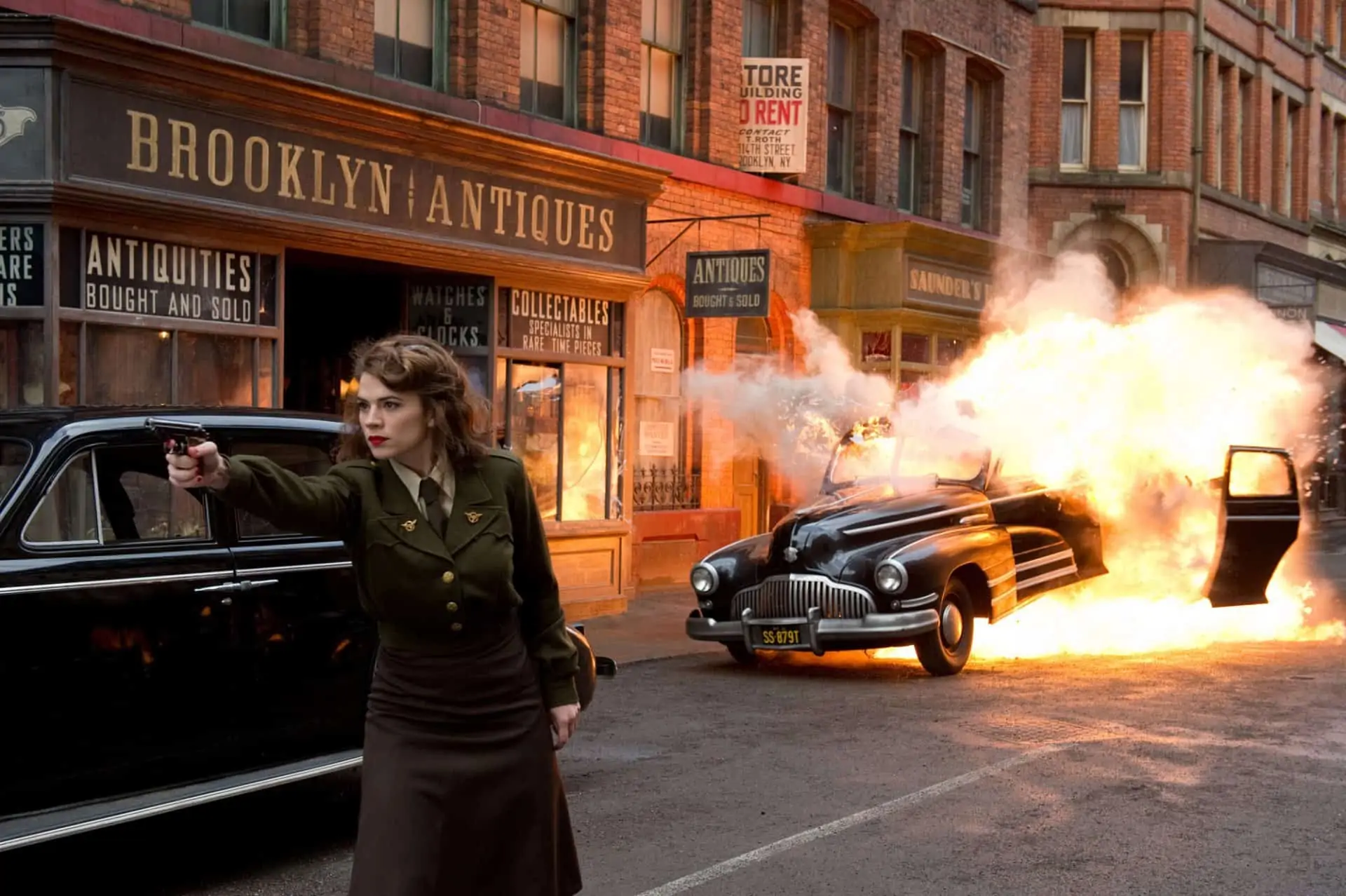
The story opens in New York City some 70 years ago, at the beginning of the Second World War. A sickly, 98-pound weakling named Steve Rogers is rejected for military service, because of his physical condition. He volunteers to participate in a research project. Dr. Abraham Erskine has developed a secret serum designed to give individuals extraordinary physical capabilities. Rogers and other volunteers are given both physical and psychological tests.
“Besides being underweight and small, Steve Rogers has various health problems,” Johnson says, “but Dr. Erskine sees something in his heart that he likes. If you give the serum to a bully, he’s going to be a big bully. But, if you give it to someone who has a pure heart, he will develop as person who has the makings of a hero.”
The plan is to create an army of individuals with superior physical capabilities, but Dr. Erskine is killed and his secret serum is destroyed when saboteurs blow up his laboratory.
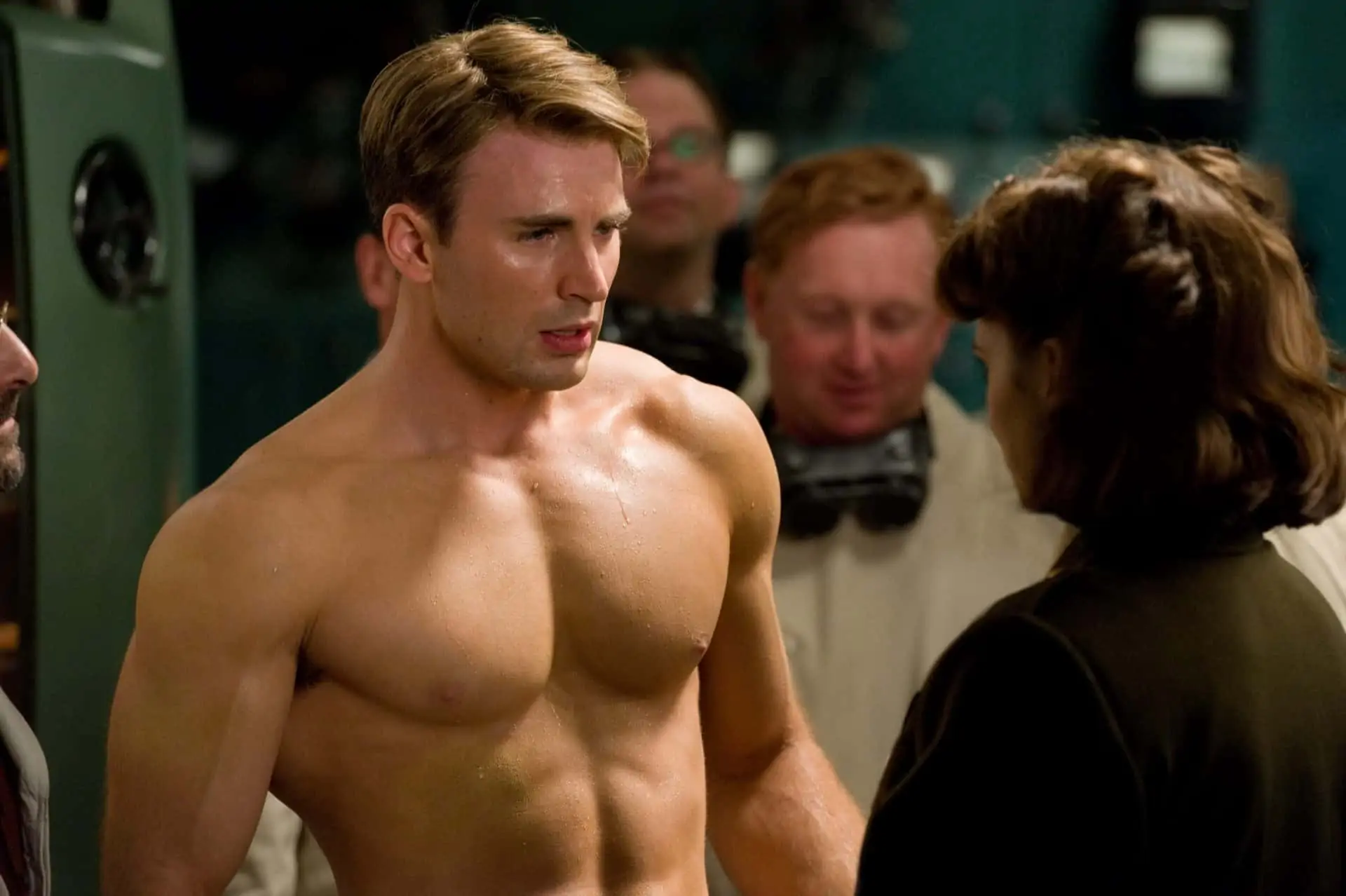
Screen tests for actors auditioning for roles were shot in Los Angeles. “Joe gave the actors casting for the role of Captain America a variety of dialogue, fight and action sequences to perform,” Johnson says. “He wanted someone who could both play the dramatic role and move like a superhero. Chris Evans was perfect. He is a talented actor who moves like an athlete. Chris spent five months working out in a gym preparing for this film.” Stanley Tucci was cast in the role of Dr. Erskine.
“Joe and I agreed to bend the period look slightly to accommodate a comic book superhero who wears a costume, face mask and carries a large shield,” Johnson says. “We figured we could take certain liberties, but on the other hand, Joe and I wanted a realistic look, so we had to strike a balance. Our research included studying visual components that we would integrate into the storytelling that are true to the period, as well as where we could stretch realism in compelling ways.”
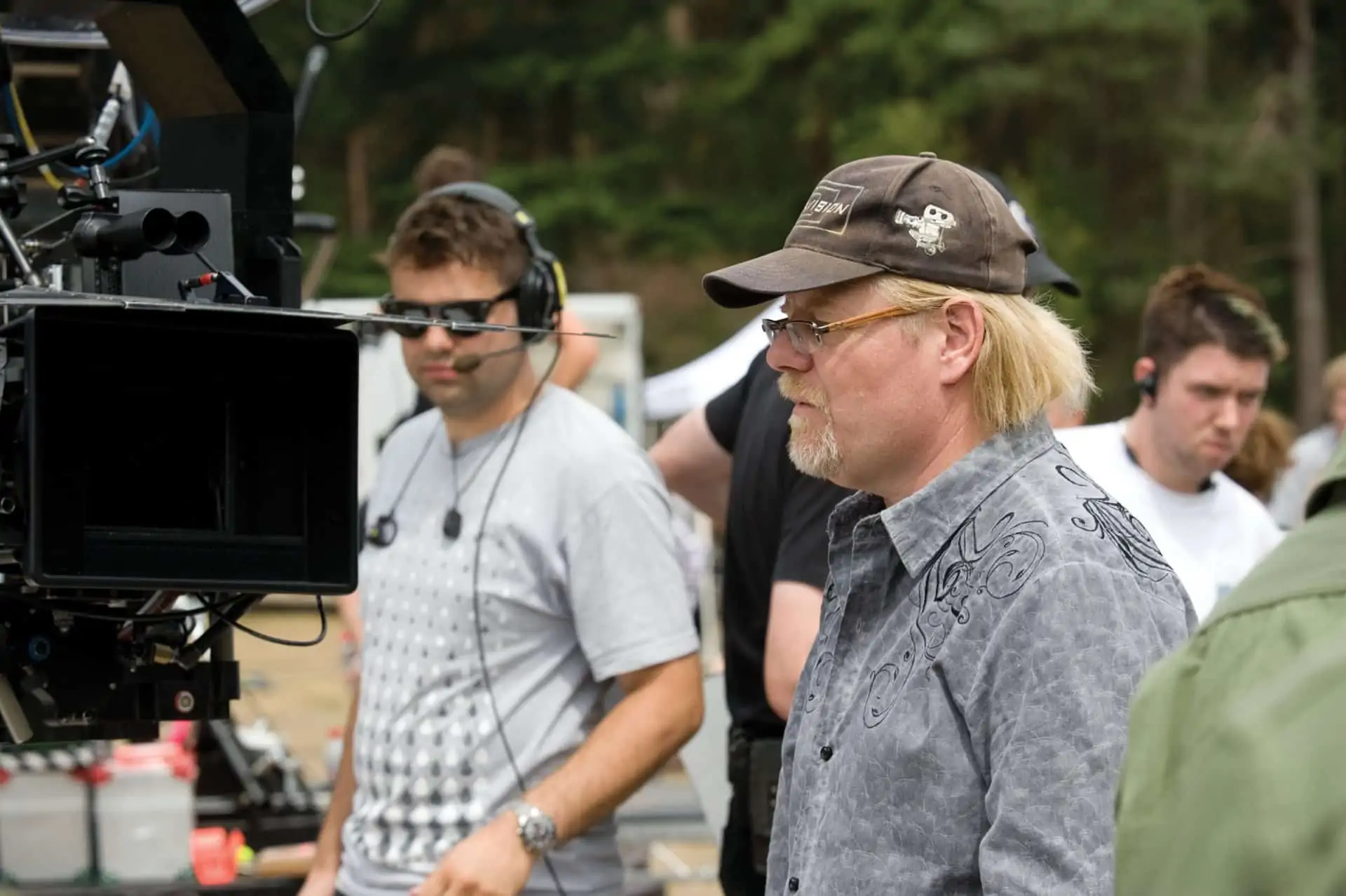
After the decision was made to produce the film in England, Johnson called everyone who worked with him on camera, grip and lighting crews during production of The Wolfman.
“We basically assembled a clone of The Wolfman crew, including Des Whelan (A-camera operator), Peter Cavaciuti (Steadicam/ B camera operator), Julian Bucknell (first assistant camera) and Gary Hymns (key grip),” he says. Gaffer John Higgins BSC was also a member of The Wolfman crew.
“They call him Biggles,” Johnson says. “ I believe he is the only gaffer who is a member of the British Society of Cinematographers. The BSC welcomed me with open arms. I attended Operators Night, where BSC members invite their operators as a thank you for their good work. I certainly had good reasons to thank the operators on my crew. It was a fantastic evening.”
They made an early decision to produce Captain America with digital cameras. “Joe liked a test we saw with the Genesis camera,” Johnson says. “It was also my preference. On a big film like this, I wanted Panavision behind me.”
The camera package included three Genesis bodies along with Primo 27: 275 mm and 17.5: 75 MM zoom and Primo Prime 14.5, 17.5, 21m 27, 35, 40, 50, 75,100 and 150 mm lenses.
“The Genesis camera has a remarkable log curve and a reliable solid state recorder,” Johnson says. “The sensitivity to light is comparable to about a 320-speed film.”
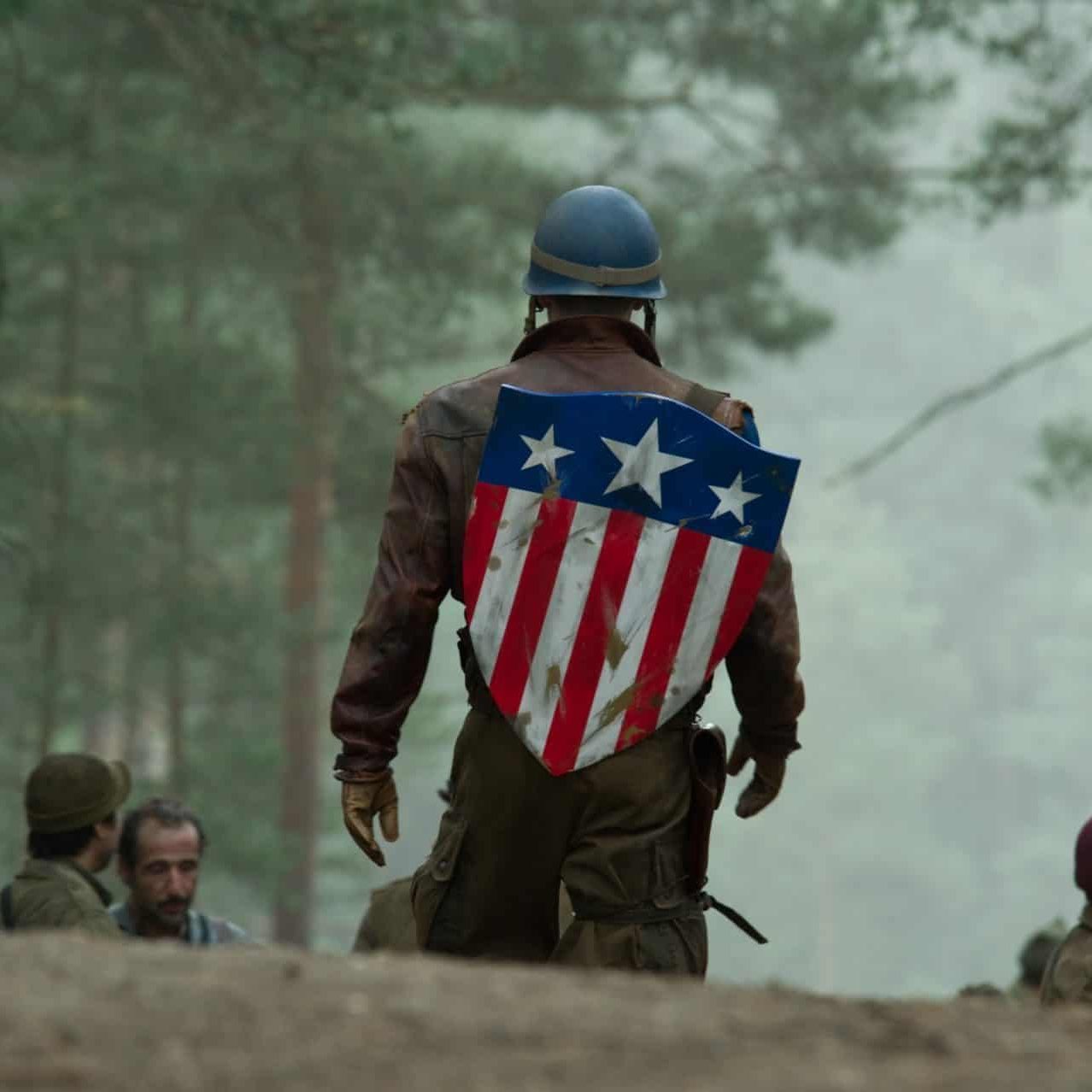
“Chris had a real appreciation for the crew, he rarely retreated to his trailer. He did his best to collaborate with us, and we were eager to help him any way we could.”
- Shelley Johnson ASC
The second unit crew, led by director/cinematographer Jonathan Taylor ASC carried a Panavision Millennium XL2 35mm film camera in addition to Genesis gear. They shot scenes with explosions on film, because it has the latitude to guard against clipped highlights.
There was around a 100-day production schedule, primarily at Shepperton Studios, in Surrey, where 115 large and small sets were built. Production designer Rick Heinrichs, who also worked on The Wolfman, had the task of creating believable environments for the period.
Other scenes set in New York City were produced at practical locations in a four-block area in Manchester. Scenes on the waterfront were shot in Liverpool. At the end of production, they did additional shooting on New York streets on the backlot at Universal Studios, in Los Angeles. Johnson estimates 90 percent of the location production was done in the U.K.
He stresses that one of the most interesting challenges was lighting and shooting scenes with Evans wearing the Captain America costume, which has red, white and blue stripes, and a helmet which came down to the bottom of his nose.
“The helmet is rigid with large eye holes,” Johnson says. “That was very important, because Chris has piercing blue eyes that convey emotion as much as his words.”
“A lot of the sets at Shepperton were huge,” Johnson says. “We typically had five, six and seven scenes set up at the same time, which required massive amounts of pre-rigging. We designed lighting with built-in flexibility that enabled us to react to spontaneous demands. We used a lot of automated moving lights in a very subtle way to augment the emotional flow of scenes without it being obvious.
Mole Richardson provided LED (light-emitting diodes) lights that are balanced for shooting scenes in 3200K tungsten and 5600K daylight.
“Shelly shot tests for us when we were developing these lights in 2009,” says Mole Richardson CEO Mike Parker. “They are designed for use in mixed lighting environments.”
LED lights provided by local companies were built into some sets.
“A big part of my job is to help the actors feel comfortable with the lights, camera gear and crew,” Johnson says. “We wanted them to feel that the set was a creative environment, not a technical one.” Johnson emphasises that that was a two-way street.
“Chris had a real appreciation for the crew,” he says. “He rarely retreated to his trailer. He did his best to collaborate with us, and we were eager to help him any way we could.”
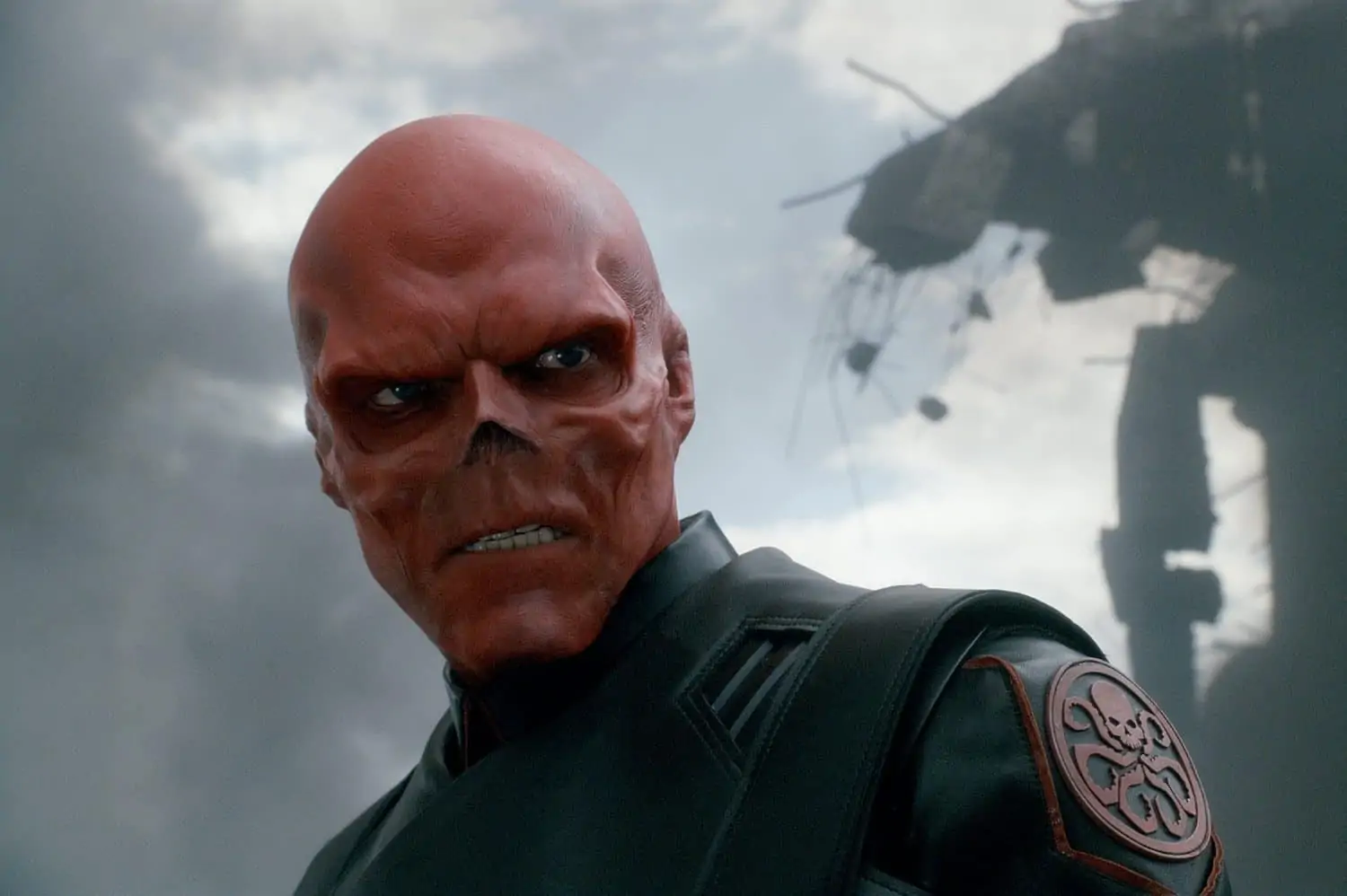
Hugo Weaving played a villain called Red Skull. “We used heavy red makeup on his face and lit it to bring out the contours of the shape of his head, which potentially could add a whole new layer to his performance,” Johnson says.
In an early scene, Captain America travels to Italy with a USO troupe who are entertaining the troops. He learns that his best friend's platoon has been captured and decides to rescue him. Johnson says they made a slightly different costume for this scene. The colours were a little muted, the fabric had a bit more sheen and the helmet had kind of a gloss like an eggshell.
“That enabled us to light in ways that make the costume glow and come alive,” Johnson says. “When you are shooting with digital cameras, you learn not to clip highlights, because you are going lose details that you can never get back. I used a Schneider Black Magic filter on the lens, which gave the highlights a glow which looks a little more natural.”
Johnson used a 50-foot Technocrane on a big platform, jib arms, Steadicams, Libraheads, dollies, various other rigs and handheld shots to cover scenes, generally with multiple cameras.
“When we were moving the camera in action sequences, Joe wanted it to look and feel like a character’s point-of -view,” he says. “That helps the audience connect with the characters.”
Captain America: The First Avenger was composed in wide screen 2.35:1 aspect ratio. Johnson explains that they did a flat 2.35:1 extraction from the center of a 16:9 chip.
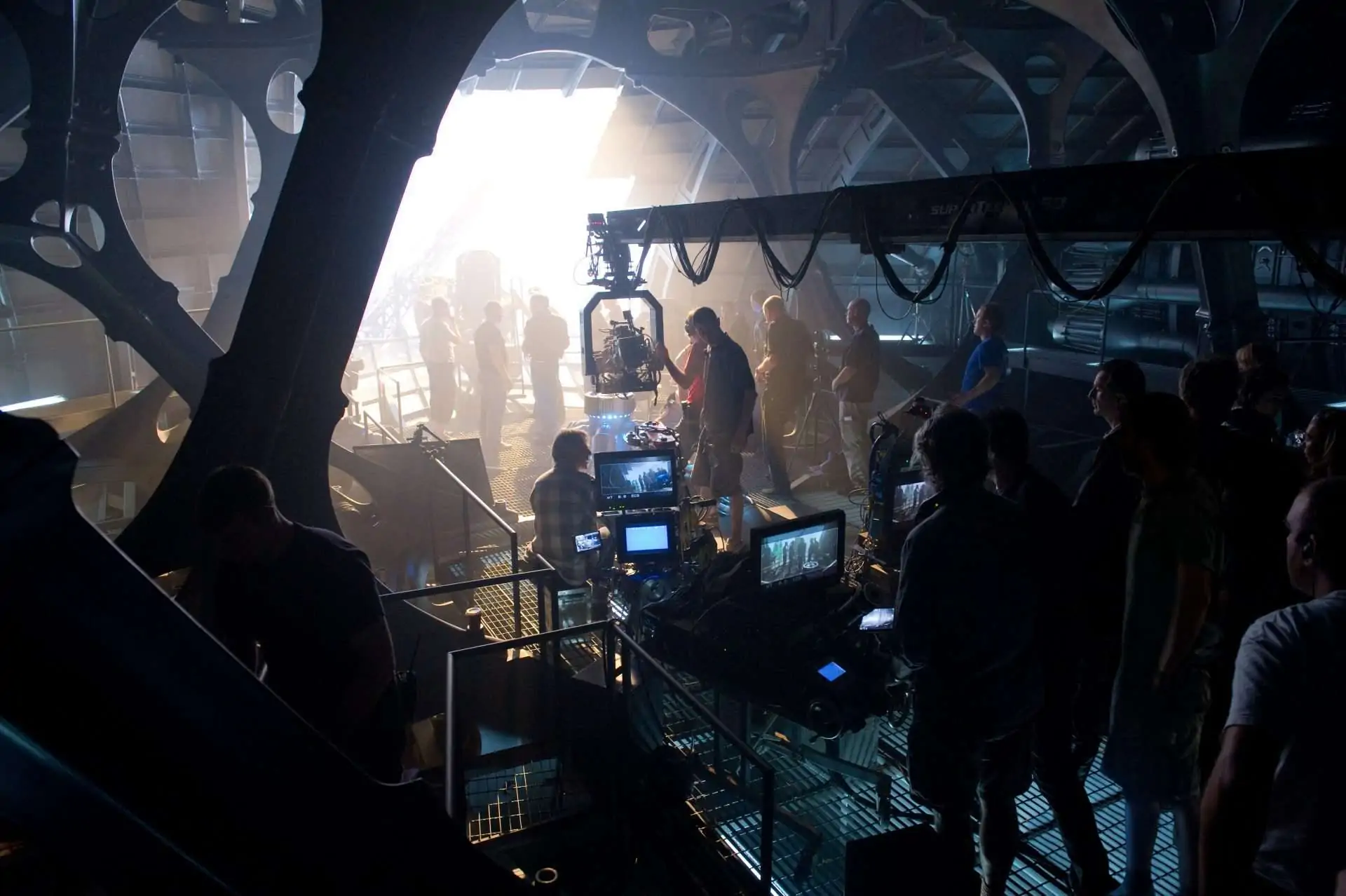
There wasn’t a digital imaging technician. Johnson made exposure decisions with the aid of a waveform monitor while using a single channel Preston to control the iris.
The dailies timer was Russell Coppleman at the Arion post-production facility in London, who played the same role during production of The Wolfman. Coppleman fine-tuned images every night while referring to notes that Johnson sent him.
“We saw dailies in the DTS trailer that Hugh Whitaker at Panavision provided,” Johnson says. “It had a 2K digital projector and CRT monitors, so I could watch dailies either way. I sent Russell my notes, so he could do any touch-ups I requested. He was also getting all the second unit footage, so he could match their shots exactly to what I was doing.”
Double Negative and Evil Eyes Pictures, among other companies, provided visual effects. Johnson timed the final cut with DI colorist Steve Scott at EFilm, in Los Angeles with release printing by DeLuxe Laboratories. Captain America: The First Avenger was produced by Marvel Studios for release by Paramount Pictures in the United States and United International in other countries.
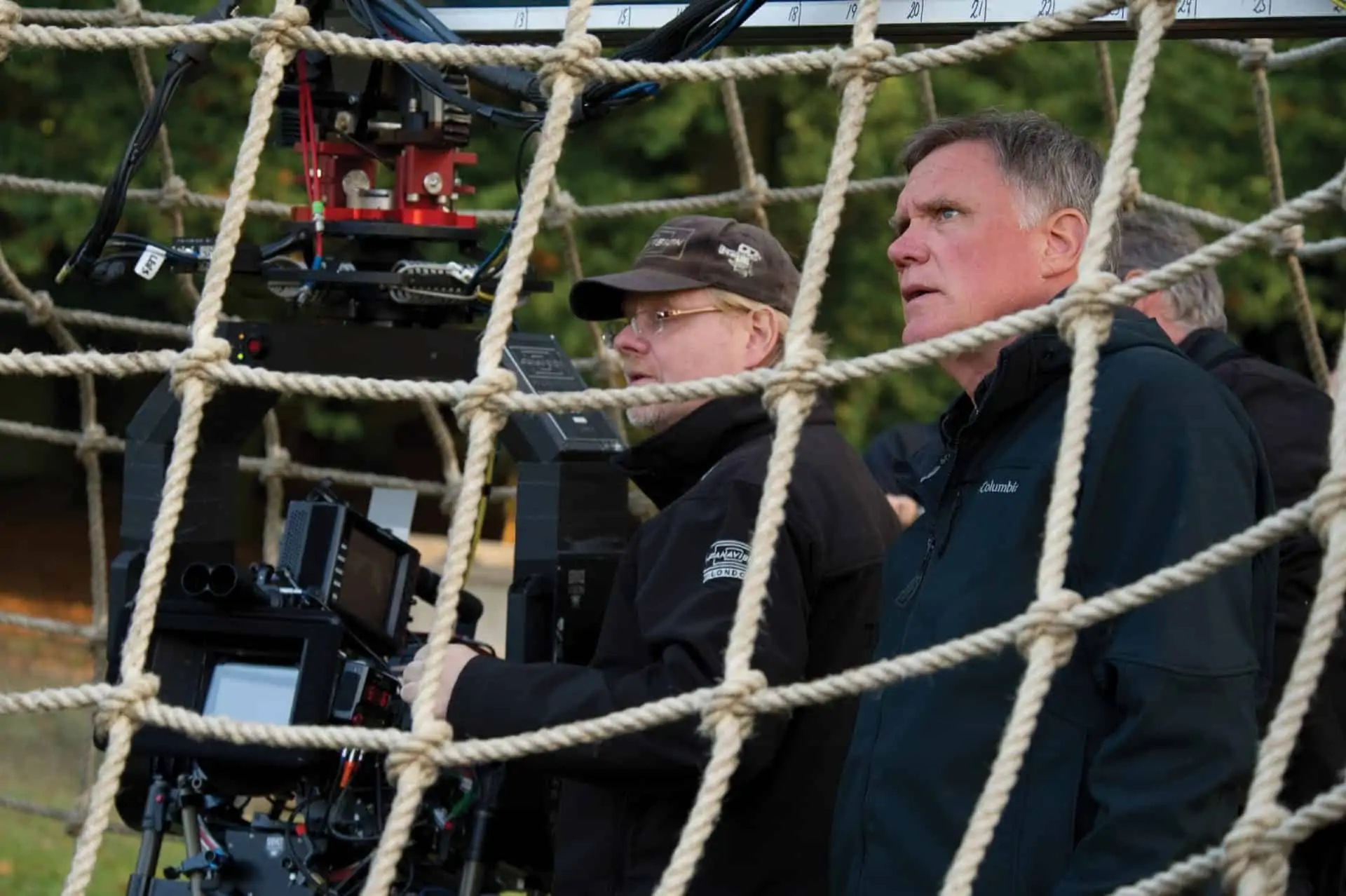
Shelly Johnson ASC
Shelly Johnson ASC was born and raised in Pasadena, California. His father directed television specials, including network variety shows. Johnson studied filmmaking at the Pasadena Art Center College of Design, where a gaffer named Larry Bolens taught him how to create and use light and shadows to create the right emotional and practical environments for transporting audiences to times and places where stories are happening. Johnson launched his career as a gaffer on commercials, documentaries and low budget films. He credits Allen Daviau ASC with getting him his first narrative film job, shooting the last two weeks of a low-budget movie called Native Son in 1986. Johnson has earned more than 50 narrative film credits for movies produced for television and the cinema.








